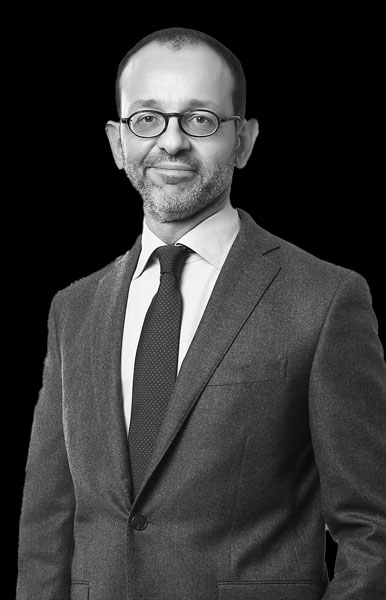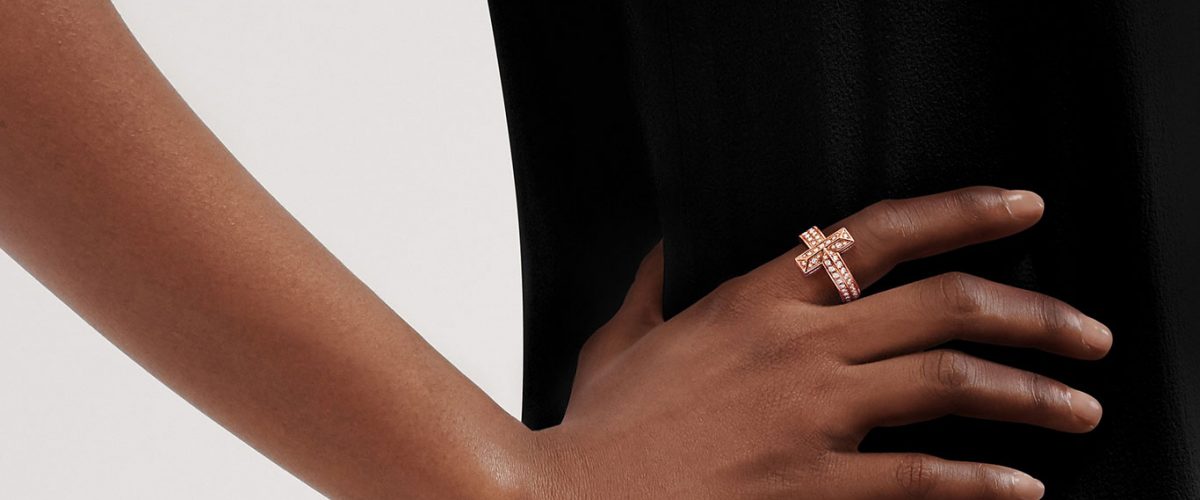Jewel in the crownx
When French conglomerate LVMH was putting together a deal to acquire iconic jeweller Tiffany & Co., it called on the Firm to help. The Reporter finds out more.
Luxury goods company LVMH made headlines last winter when it agreed to buy legendary American jeweller Tiffany & Co. for $16 billion.
The France-based conglomerate and owner of Louis Vuitton approached the Firm’s Paris office in November, just weeks before the deal was set to be announced.

“The fact the deal involved a European conglomerate buying an iconic American brand with European financing made the Firm a natural choice because of our global network.”
RAPHAËL RICHARD, PARTNER
LVMH had ample cash reserves for the deal and they contacted the Firm to arrange bank facilities that would serve as a backstop to finance the acquisition.
The request came from LVMH’s group chief financing and treasury officer Clémentine Tassin, who had previously worked with the Firm on Suez Group’s $3.5 billion acquisition of GE Water in March 2017.
Partner Raphaël Richard explains: “Clémentine approached us because of her positive experience working with us in the past. For that reason, we already had a good relationship and she knew we could handle the role and deliver the services needed in the tight timescales required.
“The fact the deal involved a European conglomerate buying an iconic American brand with European financing made the Firm a natural choice because of our global network.”
Associate Roman Picherack, who also worked on the project, says: “The deal was shrouded in secrecy, so LVMH didn’t give us much notice to put the financing in place.
“We needed to approach 24 banks to get sign-offs from all parties before the deal was announced in late November.”
Raphaël adds: “It was a complex task, but everyone wants to lend to LVMH because of their strong borrowing profile, so that made the negotiations easier.
“Our main priority was to ensure the certainty of the funding and to make the conditions as limited as possible, so LVMH had complete confidence that they could draw down on the finance if needed.”
The resulting financing included a revolving facility of €2.5 billion, a bridge loan of $8.5 billion and a 364-day credit facility of $5.75 billion.

“The deal was shrouded in secrecy, so LVMH didn’t give us much notice to put the financing in place.”
ROMAN PICHERACK, ASSOCIATE
Raphaël says: “Matters were made more complicated when, a week before the announcement, LVMH requested long-form signed credit agreements instead of the simple term sheets they’d initially requested.
“This meant agreeing the documentation with 24 banks in less than one week.
“LVMH appreciated our ability to deliver the largest financing they had ever put in place in a particularly tight timeline and tense environment.
“We did have an unusual last-minute issue. When it was time to share a toast and glass of champagne between the client and the banks, Clémentine suddenly turned to Raphaël with a worried look and asked in a whisper ‘what champagne are you serving?’.
“Fortunately, Clémentine was pleased when we confirmed that we were serving Ruinart, which is an LVMH house.”
Other people involved with the transaction included Paris-based associates Laure Elbaze and Jean Paszkudzki and Partner Gregory Owens and Associate Jennifer McWhaw from our New York office.
Our work for LVMH has continued since the announcement, with Partner Severin Robillard of our Capital Markets team arranging various take-out debt issuances to replace the bridge financing.
Raphaël and Roman, alongside Paris associates Bettina de Catalogne and Barbara Bensoussan, also helped LVMH establish bilateral revolving credit facilities to serve as liquidity buffers in response to the COVID-19 pandemic.





